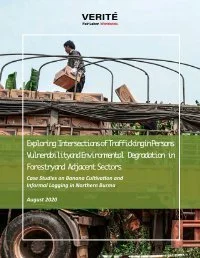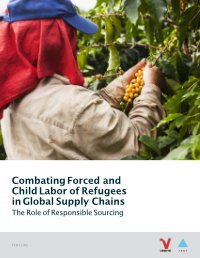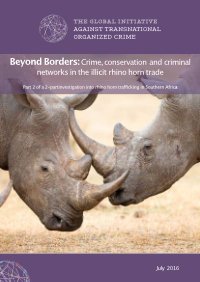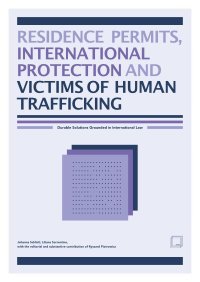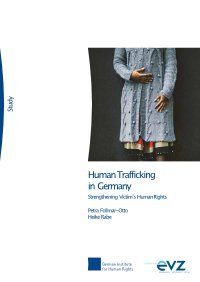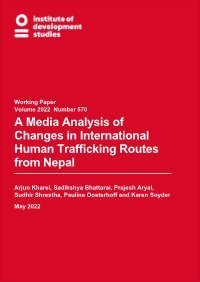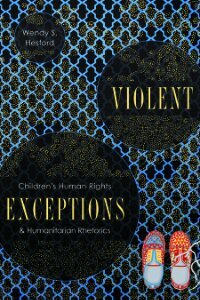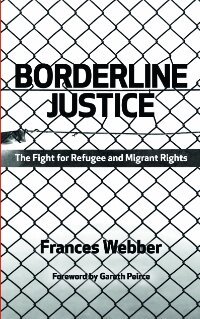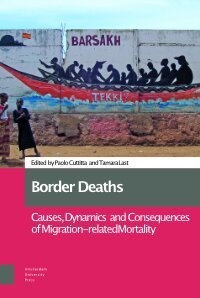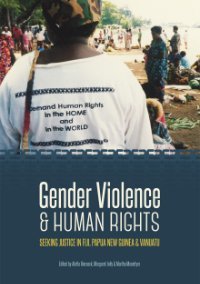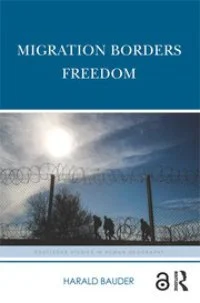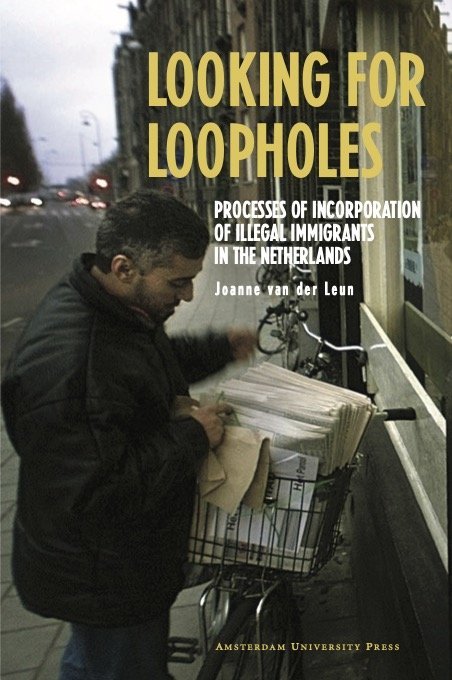by Johanna Schlintl, Liliana Sorrentino
This report has been developed in the framework of the Project REST, which aims to strengthen the rights to residence and international protection for third-country nationals trafficked in Europe, by examining promising practices, gaps and challenges in their actual access to these rights.
The objective of this report is to explore avenues and challenges, in order to secure a durable solution for trafficked persons in terms of long-term residence and access to socio-economic rights, including the right to work. Trafficked persons’ access to long-term or permanent residence is an integral part of their right to effective remedies. Securing a long-term residence for trafficked persons is one way to guarantee their dignity and foster their access to justice. A durable solution in terms of residence provides trafficked person with a foundation for safety and stability, and hope for a future perspective.
The report puts centre stage the protection of the rights of trafficked persons. It emphasises that they are bearers of rights as women, men, children, victims of crime, victims of gender-based violence, refugees, asylum seekers and migrant workers. It underlines in particular the rights and protection needs of trafficked persons with regard to access to residence and to international protection. It intends to show how integrating and combining protection under the human rights, asylum and anti-trafficking regimes can contribute to strengthening the overall protection of the rights of trafficked persons, and enhance the prospects of long-term residence and the access to durable solutions. To this end, the report analyses the international and European legal framework on access to residence permits and to international protection for trafficked persons.
Vienna: Interventionsstelle für Betroffene des Frauenhandels (LEFÖ-IBF) . 2021. 108p.


